Foraging is one of my favourite ways to have a break, or pass the time between biting windows while fishing. You never know what you may find beyond that tree line. Here’s some seasonal tips on what to look for.
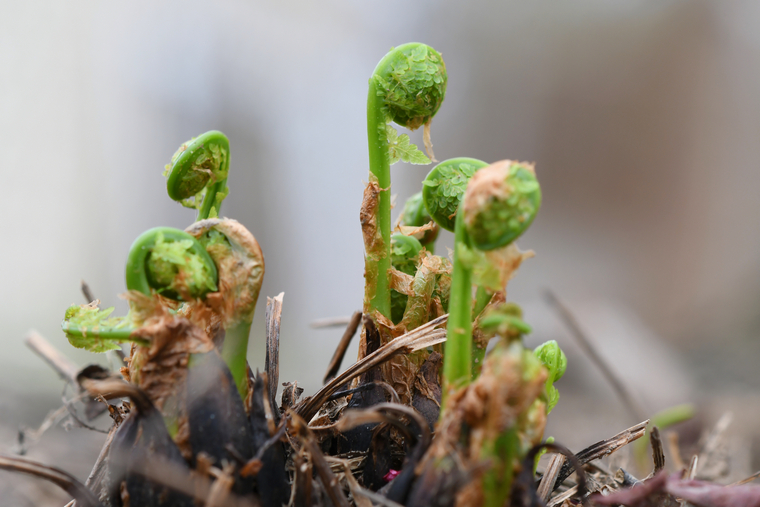
Once tree buds have just started to show, make your way into the hardwoods. In wet, low areas, look for last year’s dried up ostrich ferns to point you towards emerging rolls of these delectable treats. Take only two to three per bunch to ensure future growth.
Cooking: Boil fiddleheads until the water starts to change from clear to yellow/brown. This releases toxins known to cause stomach upset. After this, I pan fry them with some balsamic vinegar, garlic, and a dusting of bread crumbs.
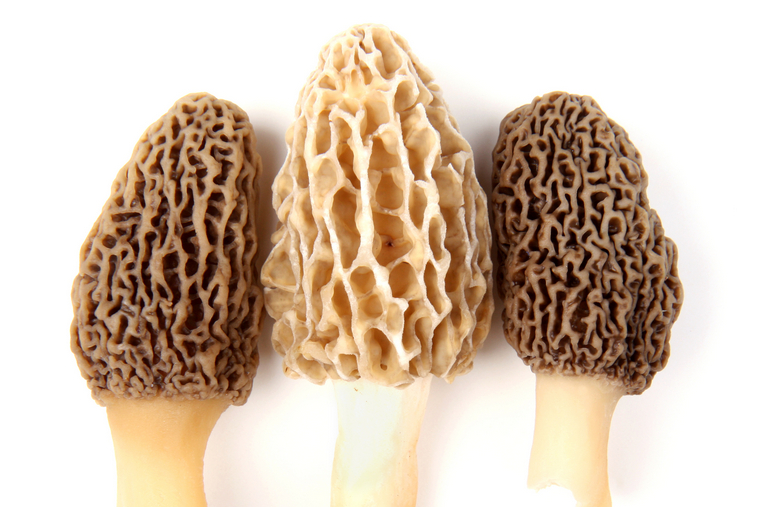
After a snow-heavy winter, check recently cleared forests for morel mushrooms. These elusive fungi thrive in rich new-growth areas. Elm, ash, and apple stands are also good places to look in mature forests. Morels should look pitted, while false morels will resemble a brain-like mushy texture.
Cooking: Simply saute in butter. You can also mince and saute to add fantastic flavour to any meal such as risotto or as a steak topping.
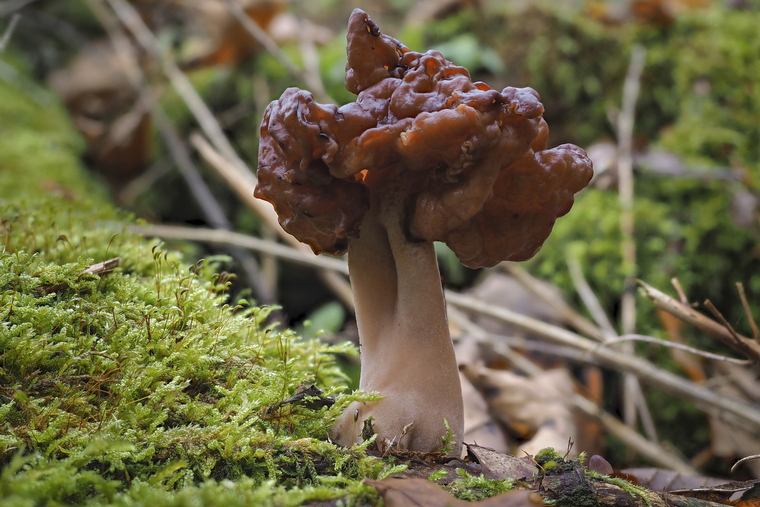
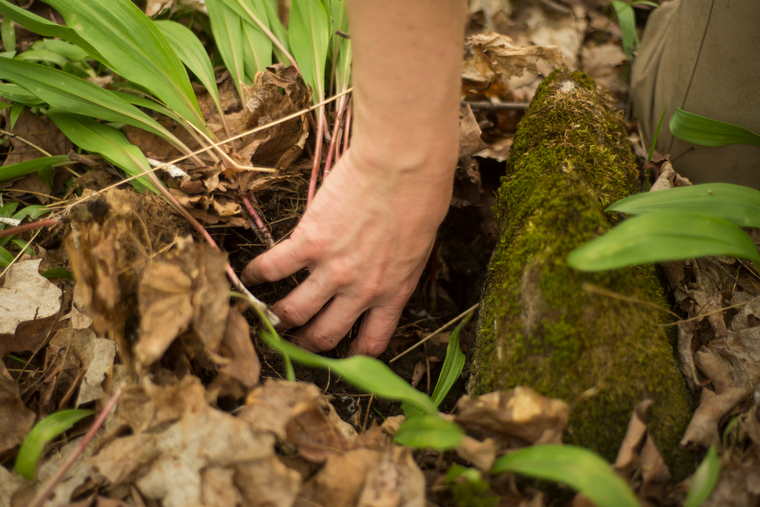
Once poplars have fully budded and lazy maples begin to unfurl, take another look around hardwood stands, specifically on south-facing hillsides. Not only good for running sap in early spring, these sunny locales can hold forest gold.
Cooking: Ramps can be enjoyed raw. Wipe off the dirt, remove the roots and snack on them as you’re picking, just grab a breath mint if you plan to go on a date after. I prefer the whole leek, from leaf tip to bulb, pan-fried as a side dish. More commonly, they are diced and used in anything you’d normally use store-bought leeks in. The green tips make an excellent broth.
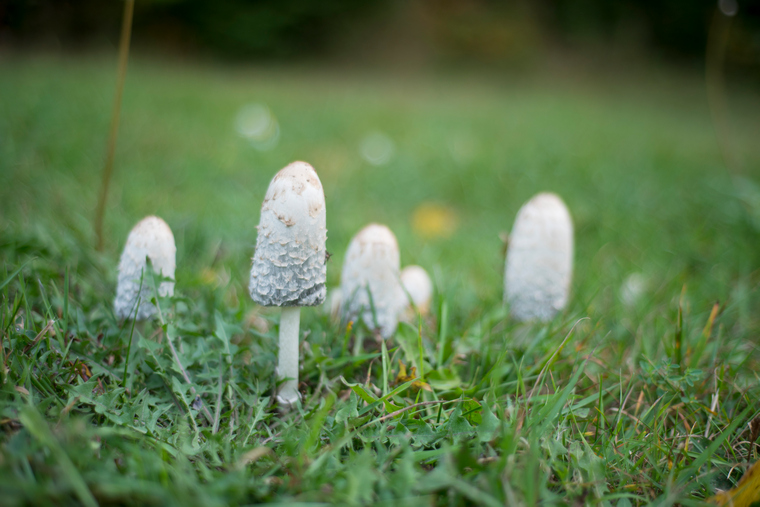
These easily identifiable mushrooms prefer hardpacked ground in the open such as grassy areas. They grow from May to September. They will never grow on wood, making identification easier.
Cooking: Shaggy manes are best when they are younger, before their ink caps start to swell. You should cook them soon after picking as they become inky quickly. The alternative is to stick them in a dehydrator or oven to dry them to a cracker-like crispness. They make wonderful soup, broth, and sauce bases. Drain the water you used to rehydrate them in and enjoy.
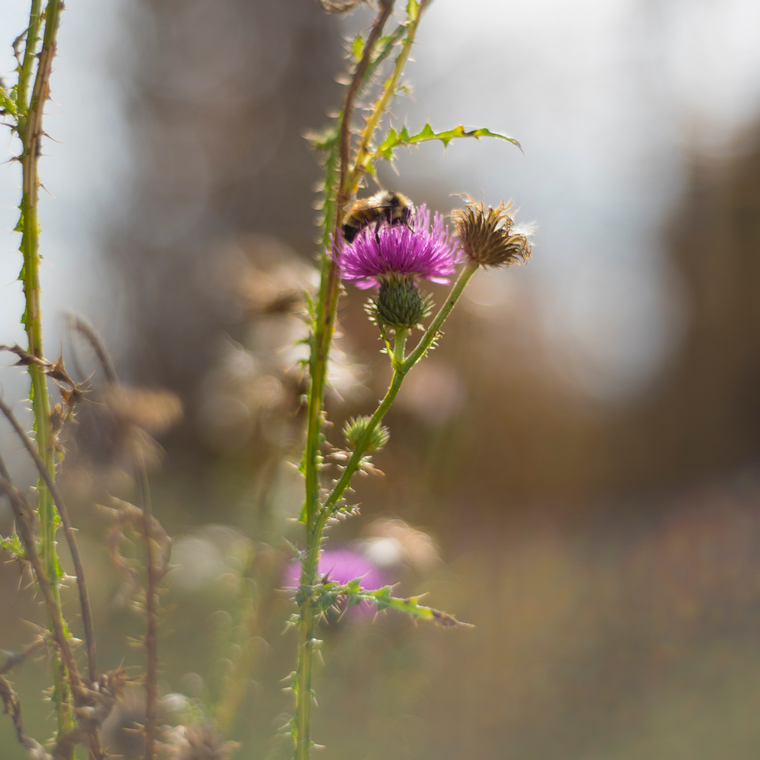
In a rare case where the entire plant has benefits, milk thistle shines. The stem, leaves, and flowers can all be used as powders, tinctures, or tea. Milk thistle’s main claim to fame is liver detoxification, it’s even used to treat some diseases such as jaundice. Over and above, milk thistle is beneficial for cholesterol, diabetes, gallstones, gut health, antiaging properties, weight loss, skin, and is even known to increase breast milk production. Just handle with care.
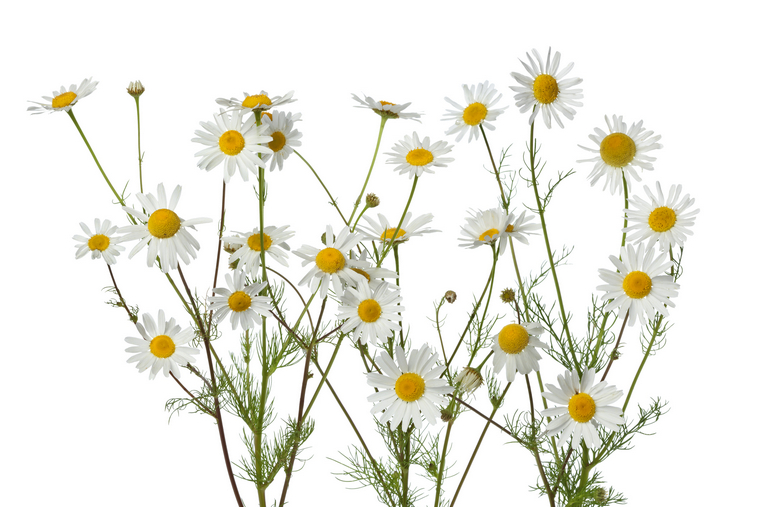
Trained eyes can spot chamomile amongst the common ox-eye daisies. Dried, these small delicate white flowers are what make the famed chamomile tea, credited as a natural anti-inflammatory, sleep aid, and stomach settler.
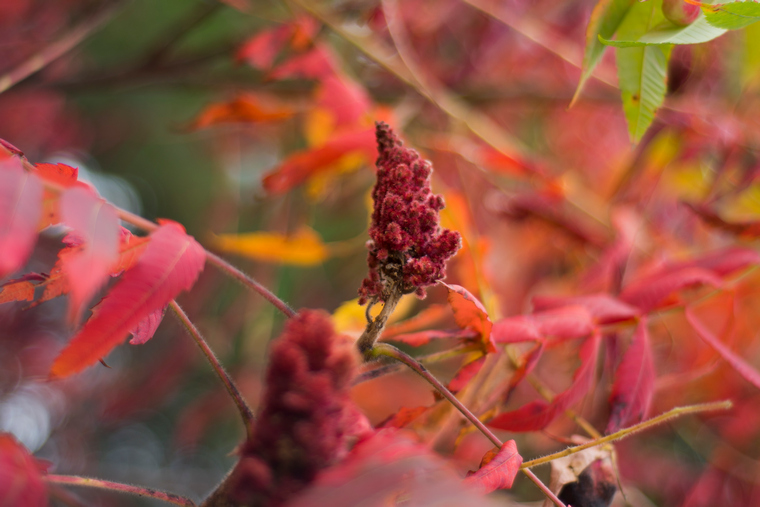
Also known as lemon trees. Poison sumac can scare a lot of people away from staghorn sumac, but if you take a good look at their berries it is easy to tell the two apart. Staghorn sumac have deep red, tightly grouped berries and thrive in sunny, dry spots, and even acidic soil. You can pick these in late summer, right as or before the leaves start to turn colour. If you pick them in fall, avoid bug ridden or rotten berries. When you rinse them, you’ll have a lemony fresh scent on your hands.
Cooking: Sumac can replace lemon or vinegar when cooking.
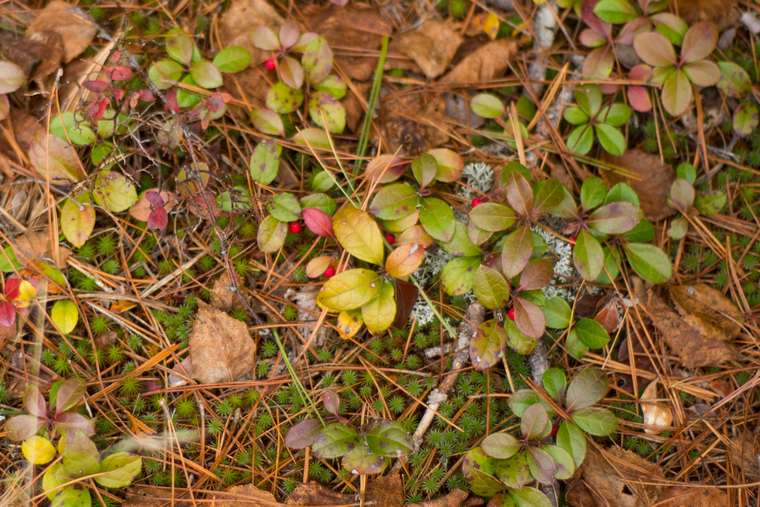
The thick, oval leaves of this puny fruit-bearing plant can be mulled in your mouth to aid with bad breath, or brewed into a tea once dried, but the berries are the real prize. Wintergreen berries taste like gum, without the subtle sting of commercial gum menthol. Find the berries throughout fall and winter. You can use the berries as salad toppers, in jellies, or simply trail snacks as you go.
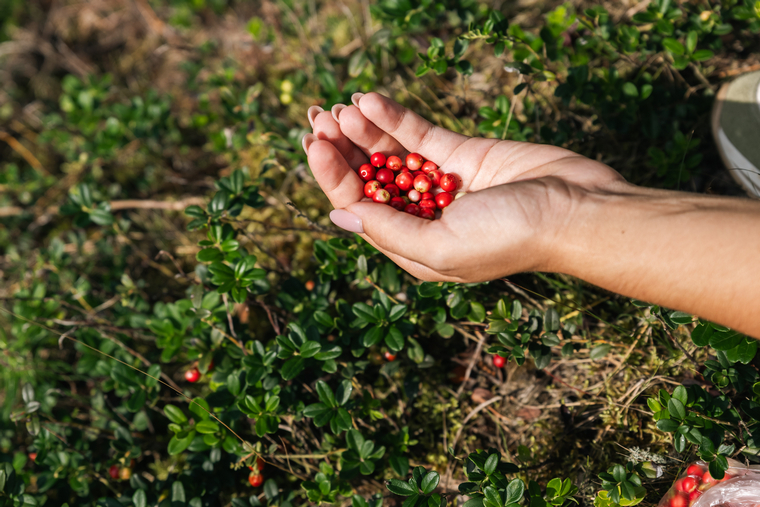
These berries are slightly larger than wintergreen berries, and the vegetation grows as a vine, rather than singular plants. The berries are relatively tasteless – more like vegetable than fruit, but they brighten up dishes, make a mild tea, and offer some sustenance while in the woods. Not as exciting as nature’s breath mints, the wintergreen berries, they are just as beautiful and easily identifiable.
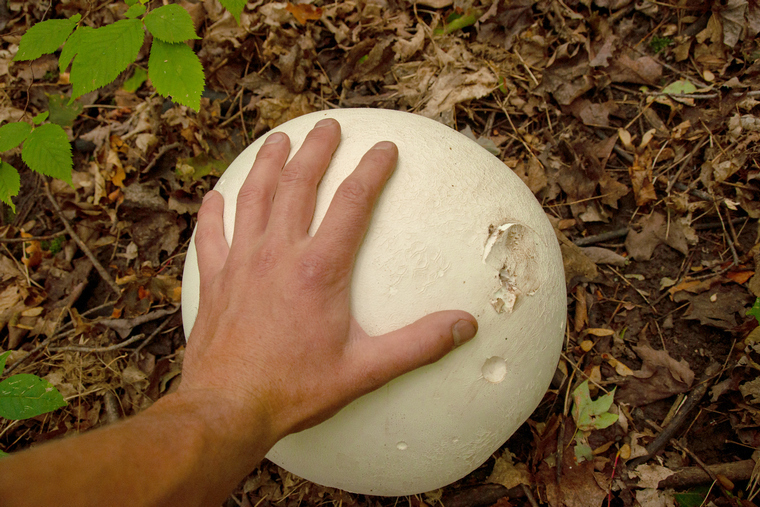
The unmistakable puffball mushroom is a fall favourite. In the wild, this mushroom can be found in rich soil areas, think lots of nutrients in soil, possibly new growth areas. Puffball mushrooms grow straight from the ground with little to no base on them, and they should be pure white inside. Cut down the middle to make sure there are no gills or stems hiding in the mass.

Undeniably my favourite winter find is chaga, found mostly on birch trees. The blackened outer edges are great for brewing teas and a thumbnail sized piece will produce at least five cups. Simmer for 30 minutes with a cinnamon stick. Chaga should only be harvested once nightly temperatures are consistently below freezing — this ensures the benefits of the plant are more potent. Take only as much as you need, as this parasitic fungus is very slow growing.
Originally published in the Spring 2025 issue of Ontario OUT of DOORS




Contact Information
PO Box 2800 / 4601 Guthrie Dr.
Peterborough, Ontario Canada K9J 8L5
Phone: 705-748-OFAH (6324)
Fax: 705-748-9577
Join Our Newsletter
Watch
Shop
Follow